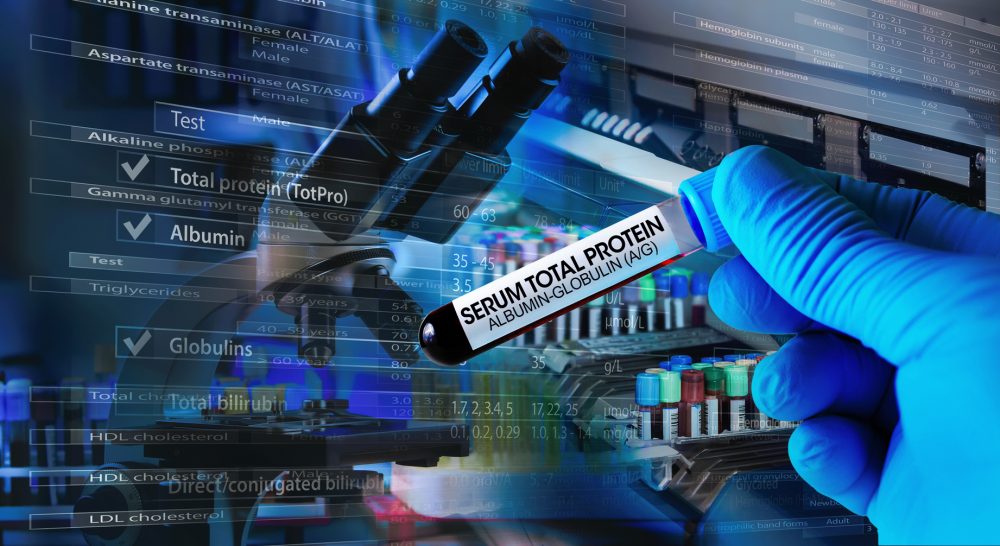Advertisment
Human Proteoform Project to map proteins in human body

Project will accelerate the development of precision diagnostics and therapeutics.
Now that the Human Genome Project has officially wrapped, an international team of researchers will map the entire collection of proteins in the human body.
Plans and goals for the Human Proteoform Project were outlined in a paper published last week (Nov. 12) in the journal Science Advances. The large undertaking will characterize known proteoforms (specific protein molecules) as well as aim to systematically discover and analyze new ones in human tissues, cells and fluids.
“We are all built of proteins, and most drugs target proteins,” said Northwestern University’s Neil Kelleher, a proteomics pioneer and corresponding author of the paper. “But understanding proteins is an open frontier. Like other seminal moments in science and technology, this project will serve as a major achievement that can help us more fully understand proteins’ role in all types of disease, aging and new therapeutics.”
Kelleher is the Walter and Mary Glass Professor of Molecular Biosciences and professor of chemistry in Northwestern’s Weinberg College of Arts and Sciencesand a professor of medicine in Northwestern University Feinberg School of Medicine.He also is director of the Chemistry of Life Processes Institute(CLP) and faculty director of Northwestern Proteomics, a center of excellence within CLP that develops novel platforms for drug discovery and diagnostics. Kelleher co-authored the paper with the Consortium for Top-Down Proteomics.
The human body comprises at least 20,000 individual genes — and from each gene, proteins are processed into various forms (or proteoforms). So, for the 20,300 genes, there are millions of unique proteoforms created due to genetic variation, modification or alternative splicing.
“There is a proteoform family for every human gene,” Kelleher said. “And proteoforms have a life of their own. They can be activated or repressed after they are produced, and their diversity varies widely in our different cell types in unknown ways. Understanding the exact proteins we are made of is complex and challenging and will require a major global effort.”
The Human Proteoform Project’s ultimate goal is to establish a definitive and comprehensive Human Proteoform Atlas, a reference set which will be public and available to all, including the many proteomics companies recently advancing in the private sector. In order to develop this extensive, high-quality atlas, researchers must accelerate development of new, powerful, state-of-the-art technologies for deep proteoform analysis.
Kelleher said he hopes researchers, physicians, clinicians, scientists and engineers will help contribute to the global effort.
“With our global collaborators, we are excited to bring about the next generation of proteomics,” Kelleher said. “Defining the human proteome will allow us to really accelerate the pace of biomedical research and discovery.”
The study, “The Human Proteoform Project: Defining the human proteome,” was supported by the ALS Association (award number 508452), National Institutes of Health (award numbers R01 HL096971, GM117058, GM125085 and P41GM1085698), National Institute of General Medical Sciences (award numbers P41GM1085698and R35GM126914) and the U.S. Department of Energy (award number DE-FC02-02ER63421).
Journal Reference:
- Lloyd M. Smith, Jeffrey N. Agar, Julia Chamot-Rooke, Paul O. Danis, Ying Ge, Joseph A. Loo, Ljiljana Paša-Tolić, Yury O. Tsybin, Neil L. Kelleher. The Human Proteoform Project: Defining the human proteome. Science Advances, 2021; 7 (46) DOI: 10.1126/sciadv.abk0734





